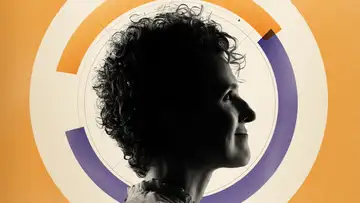Cheatgrass, Marriage and Health, Smart Grids, Digital EducationTop of Mind with Julie Rose • Season 1, Episode 176
Nov 10, 2015 • 1h 43m
Waging War on Cheatgrass (1:04)
Guest: Ann Kennedy, Soil Scientist with the USDA-Agricultural Research Service
More than nine million acres burned in wildfires across the US this summer – among the highest on record and making it among the most expensive fire-fighting seasons. Western drought and invasive weeds are largely to blame. How are weeds to blame? Consider cheatgrass – aptly named because it grows so aggressively it cheats other native grasses and flowering plants of any chance for survival.
Cheatgrass has taken over large swaths of the sagebrush country. And the kicker is that it’s not tasty to livestock or wildlife, so it just grows and grows and then it dries into perfect kindling just as peak burn season arrives. If we’re going to get a handle on the wildfires burning larger and hotter every year, we have to get a handle on cheatgrass.
Ambivalent Relationships & Blood Pressure (23:43)
Guest: Wendy Birmingham, PhD, Professor of Psychology at Brigham Young University
Marriage is good for your health. Studies show married people tend to live longer than unmarried people and are at lower risk for depression. Generally speaking, married people are happier people. BUT, the quality of your marriage matters. If you’re unhappily married your health might worse than if you were single.
So what about the in between stages? Marriages that are more-or-less ambivalent - not exactly blissful, but not awful either? And how exactly do marriage relationships affect one’s health?
The Apple Seed (42:44)
Guest: Sam Payne, Host of BYUradio’s “The Apple Seed”
Sam Payne joins us in studio and captivates us with a new story.
The Smart Grid (51:40)
Guest: Steven Low, PhD, Professor of Computer Science and Electrical Engineering at the California Institute of Technology
When we talk about energy efficiency and the push toward relying on more renewal sources, there’s a parallel effort you may be less familiar with. It’s the work of bringing our electricity system into the new digital age.
Do you realize